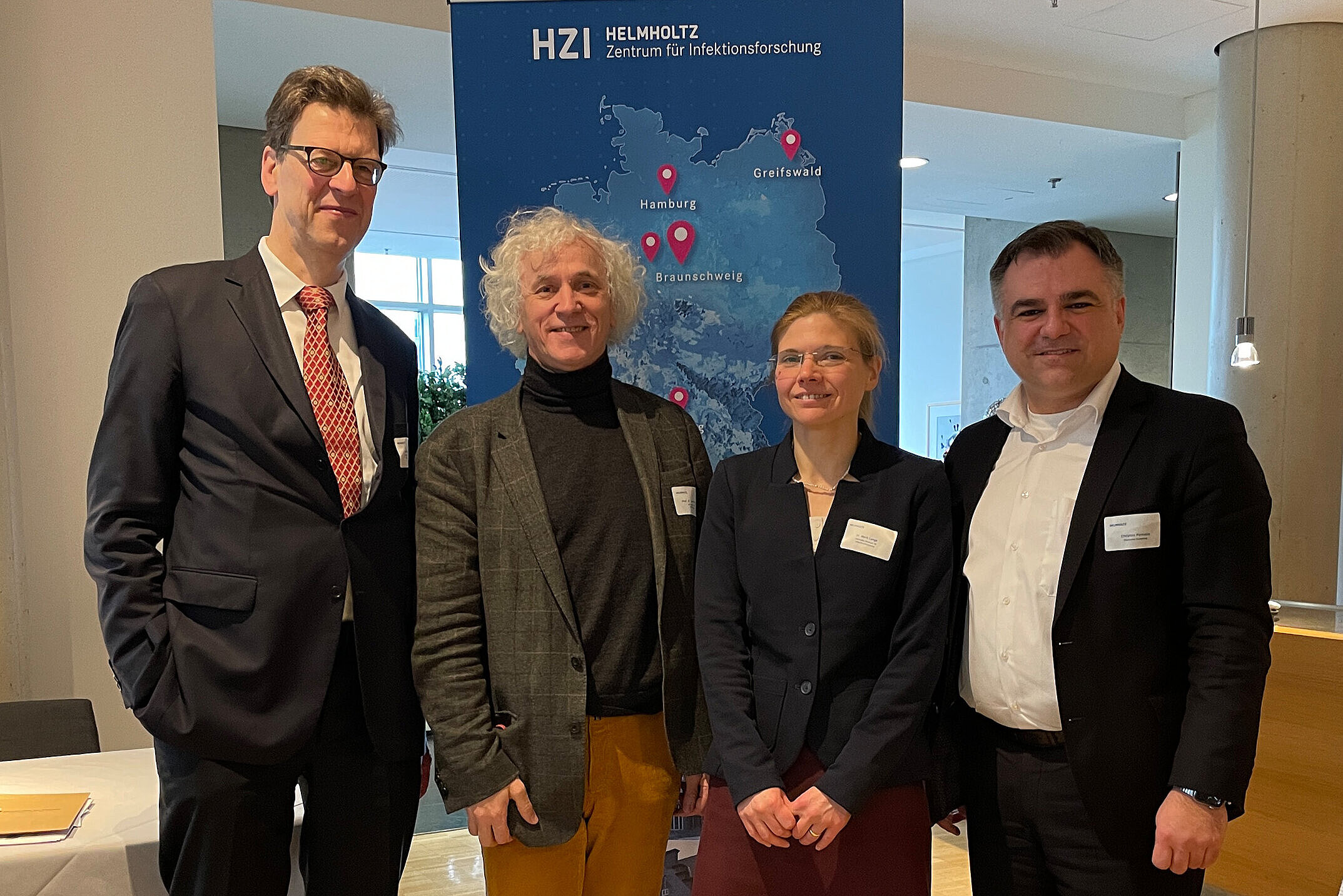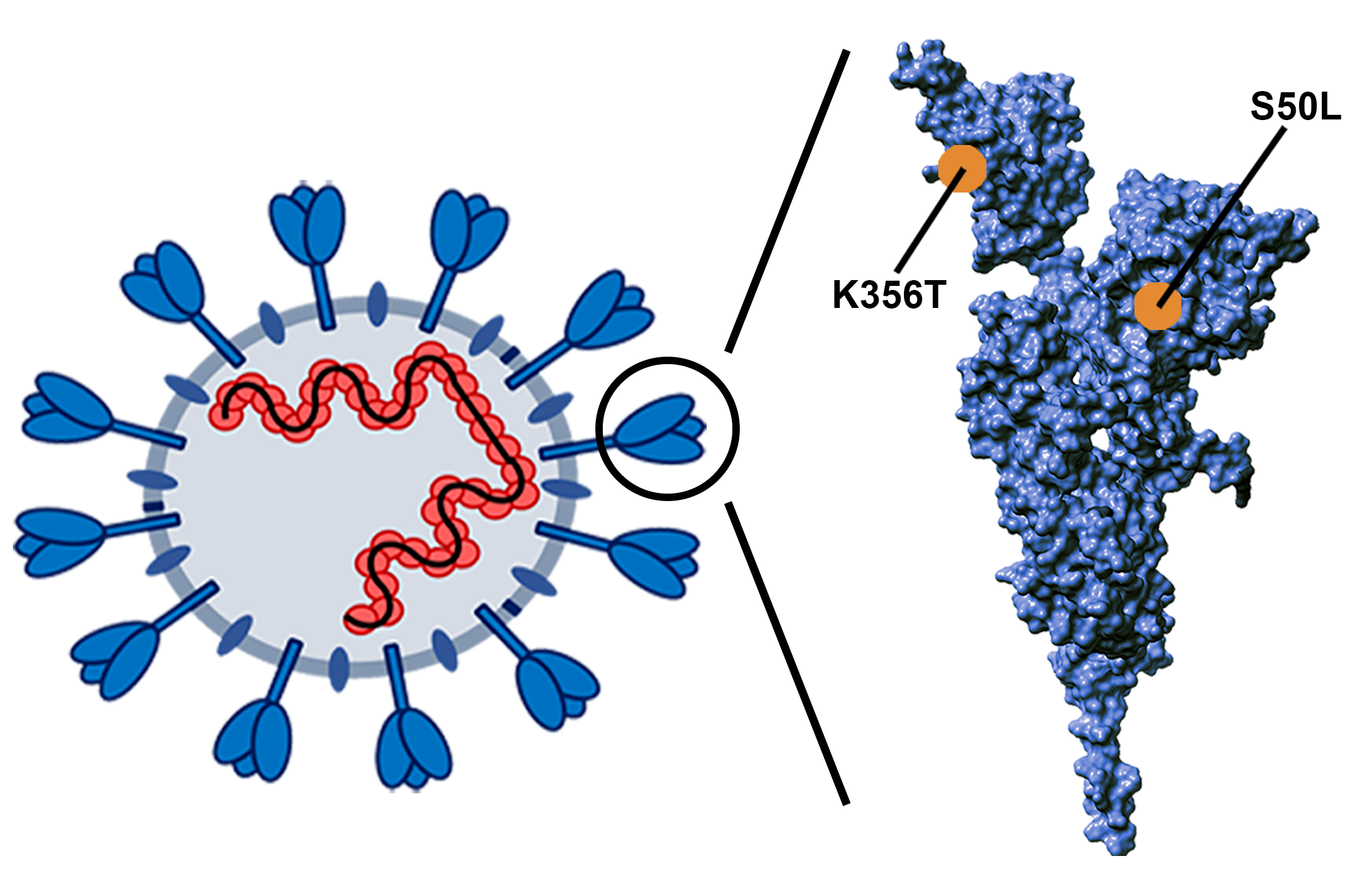A study led by Josef Penninger, professor at MedUni Vienna and Scientific Director of the Helmholtz Centre for Infection Research (HZI), and Ali Mirazimi from Karolinska Institutet in Stockholm has now decoded the key receptor of the infection, opening up a new avenue for the development of a therapy. The results were recently published in the journal Nature Microbiology.
Against the background of the global threat posed by the CCHFV, the infectious disease is the focus of intensive research worldwide. However, the development of the disease, particularly at the molecular level, has not yet been clarified. The study led by Josef Penninger (MedUni Vienna, IMBA, Vienna, Helmholtz Centre for Infection Research, Braunschweig, University of British Columbia, Vancouver) and Ali Mirazimi (Karolinska Institutet, Stockholm) has achieved a breakthrough: The international research team has discovered the receptor (LDLR = Low Density Lipoprotein Receptor) in the mouse model that plays a decisive role in the cell entry of CCHFV and thus in the infection. "The interaction between CCHFV and LDLR is highly specific," says Josef Penninger. The discovery that mice lacking the LDL receptor show a delay in CCHFV-induced disease is particularly significant. This means that the LDL receptor provides a previously unknown starting point for the treatment and prevention of Crimean-Congo fever.
Spread of Hyalomma tick due to climate crisis
Crimean-Congo fever was first described as an independent disease in 1944 after around 200 members of the army and agricultural workers on the Crimean peninsula contracted the disease. In 1967, the "Crimean virus" was successfully isolated, which corresponded to the "Congo virus" detected in 1956 in the Belgian Congo (now the Democratic Republic of the Congo), which explains the name of the pathogen. CCHF is endemic in certain regions of Africa and Asia and has recently started to spread to Europe. The virus is mainly transmitted by ticks of the genus Hyalomma. Due to global warming, the geographical zones in which this tick species can be found are expanding. The risk of transmission to humans is increasing accordingly. The lack of approved prophylactic or therapeutic measures against CCHFV, combined with its increasing geographical spread, particularly into Europe, poses a serious public health threat to many regions of the world. "The molecular mechanism of Crimean-Congo fever that we have decoded opens up a new path for the development of antiviral agents as a therapy and preventive measure," says Penninger, summarizing the scope of the study, in which JLP Health GmbH in Vienna played a key role alongside other institutions in Europe.
Original press release by MedUni Vienna





